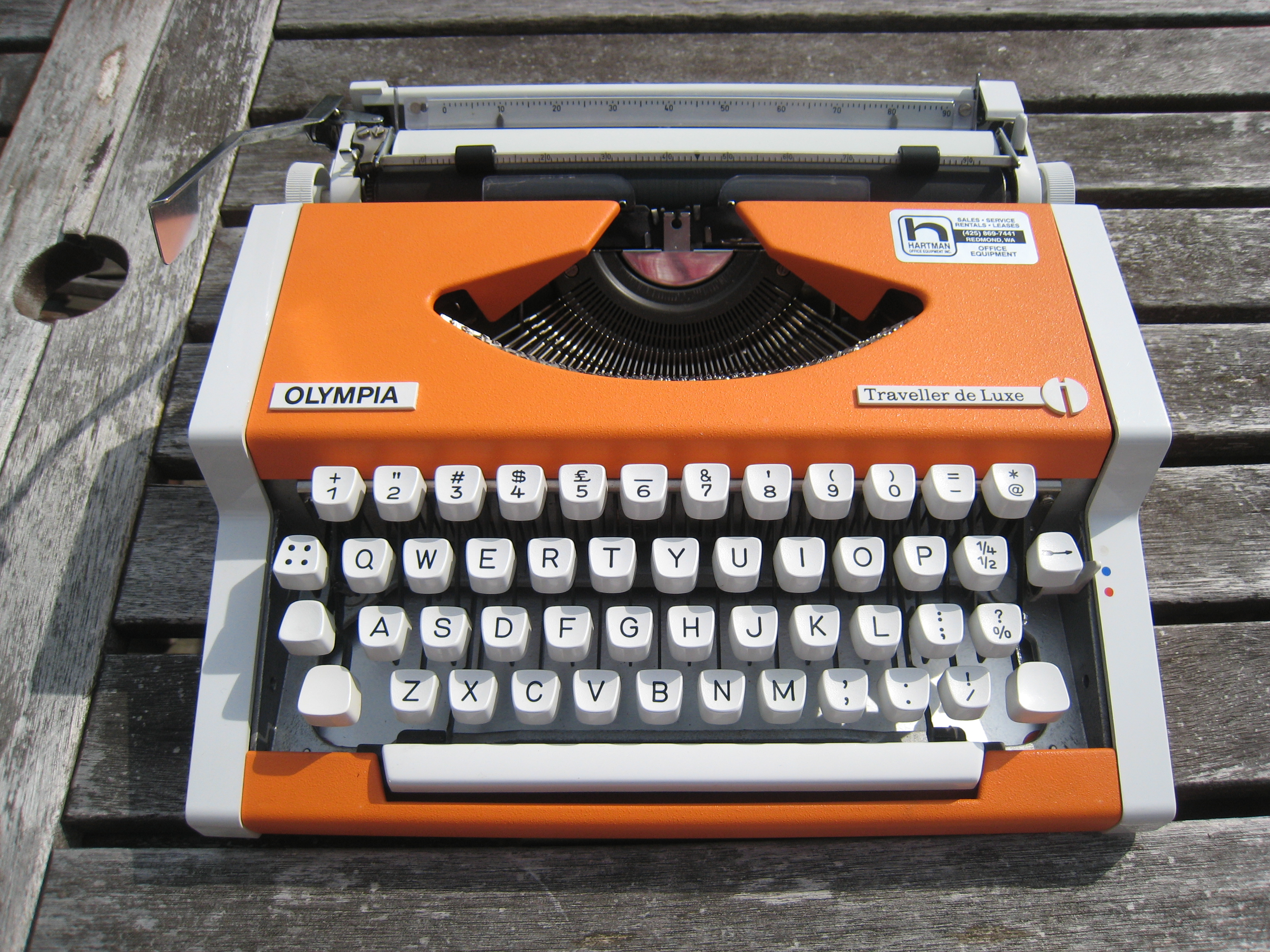Four typewriter dealers sold Cole-Steel typewriters in Seattle. These dealers were either large, well-established downtown typewriter dealers (E.W. Hall and
Lowman & Hanford), or small, neighborhood dealers (University Mimeo & Typewriter Company), or office supply companies (National Office Equipment).
 |
E. W. Hall, 1951 (Image courtesy of the Washington State Digital Archives)
|
 |
| This article appeared in The Seattle Times, on August 11, 1961. |
 |
| The article above appeared in The Seattle Times on August 13, 1961. |
It is unlikely that my Cole-Steel was sold by E.W. Hall, because E.W. Hall always applied a dealer label to the typewriters that they sold. E. W. Hall was the first portable typewriter dealer in Seattle--they sold the Corona typewriter as early as 1911. (The Corona typewriter was introduced in 1907 as the Standard Folding typewriter--it became the Corona in 1912.) They moved into the Office Appliance Building around 1916. (The site is now home to the Henry M. Jackson Federal Building). In 1938, they moved to 1111 Second Avenue, which can be seen in the photos above the newspaper article. A full-page article appeared in The Seattle Times about their move. In 1961, Hall's moved to 2015 Third Avenue. This building is largely the same as it was when it was built in 1913. By 1971, the building had become home to Acme Office Machines. In 1974, the National Maritime Union became the occupants of the building. It is now home to the Compass Housing Alliance.
 |
| In 1966, a fire destroyed the building that stood next to National Office Equipment. This page is from The Seattle Times, June 5, 1966. |
Very little information exists about National Office Equipment. It appears that it closed shortly after the fire that destroyed its neighbor.
 |
| The building is now known as the Cedars Apartments. The facades of the former Olympic View Hotel (home to National Office Equipment) were incorporated into the building, which was built in 1988. (King County Assessor photo) |
University Mimeo & Typewriter Company was founded in the early 1930s. It was located at 4224 University Way from 1948 until the 1970s. This photo is from 1970 (Washington State Digital Archives).
The only article I was able to find about University Mimeo & Typewriter Company was from the Times Troubleshooter column, from The Seattle Times, June 29, 1966:











